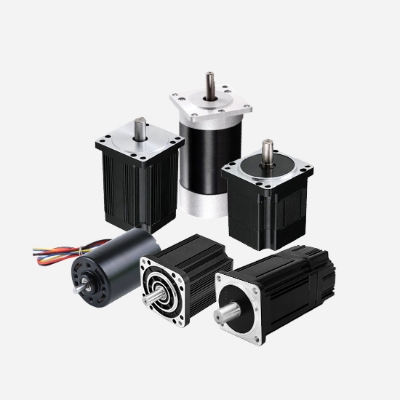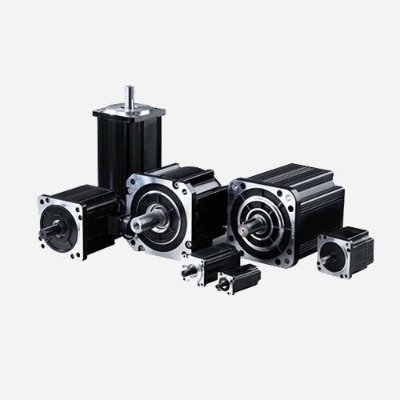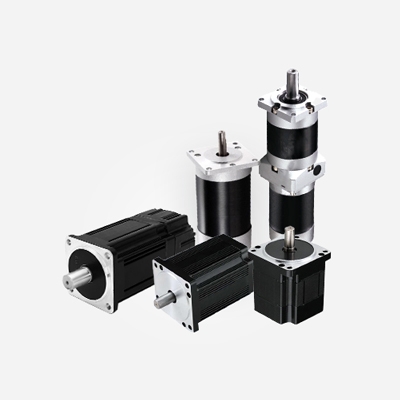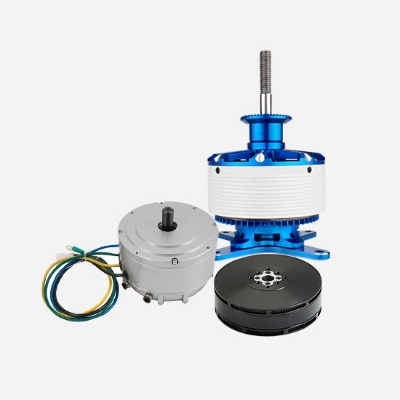Affordable outrunner sensored brushless dc motor, 160KV/220KV speed available, max power 1.6kW, input voltage 12S (DC 44V). Optional BLDC motor driver and 10mm pulley are available, precision design provides good performance and efficiency, also can maximize energy conversion.
Specification
Model: BLDC-H6355
Max Power: 1620W (2 hp)
Rotation Speed KV (RPM/V): 160KV, 220KV
Max Current: 45A
Max Input Voltage: DC 44V
Max Torque: 1.9 N.m
Recommend ESC: 3-12S 50A (FSESC4.20 50A)
Motor Length: 55mm
Motor Diameter: 63mm
Weight: 1.259 lb (0.572 kg)
No-Load Current: 0.4A
Internal Resistance: 0.11 Ohm
Shaft Diameter: 10mm
Shaft Length: 25mm
Motor Wire: 300mm silicone 16AWG wire with MT30 male connector
Wire Configuration: Blue = U, White = V, Yellow = W
Number of Poles: 14
Sensor Wire: Standard RC Sensor Wire HY2.0-5P connector
Shipping Package: BLDC-H6355 motor*1, hall line*1
Note: The motor is powered by 12S batteries, S is the number of batteries, the voltage of every battery is 3.7V DC.
Dimensions (Unit: mm)
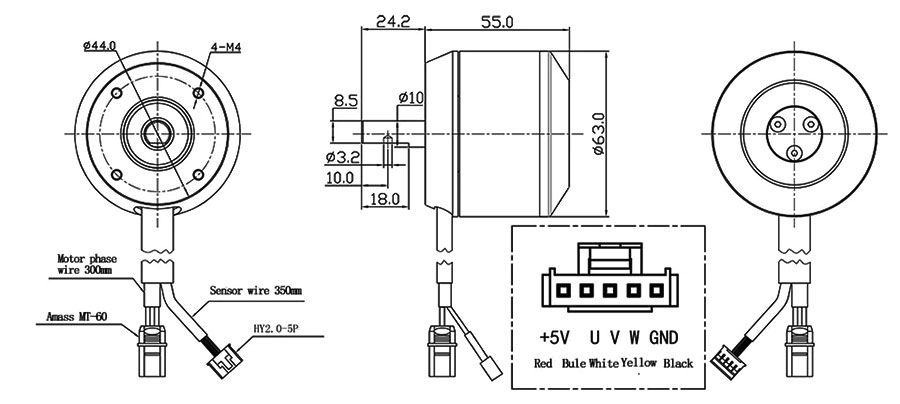
ESC (Electronic Speed Controller) Selection for E-Board BLDC Motor
- The speed of the BLDC motor does not exceed the speed of ESC, it can be matched and used.
- Brushless DC motor speed calculation formula: battery voltage * motor KV value.
Brushless DC motor stator speed calculation formula: motor KV value * battery voltage * motor pole pairs.
- The limit speed of the V4 series ESC is 60000 ERPM.
The limit speed of the V6 series ESC is 15000 OERPM.
- If the maximum speed of the BLDC motor exceeds the speed of the electric speed controller, the ESC can also be matched by reducing the working voltage of the motor. But we do not recommend this, because it does not really play the role of a brushless DC motor.
ESC (Electronic Speed Controller) Specification
| Model |
Current Value |
Number of Batteries (Input Voltage) |
| FSESC 4.12 |
Continuous 50A, peak 240A |
3S-12S (8V-60V) |
| FSESC 4.20 |
Continuous 50A, peak 240A |
3S-12S (8V-60V) |
| VESC6.6 integrated switch dual drive version |
1-channel 100A continuous, 2-channel 200A continuous
1-channel peak 400A, 2-channel total peak 800A |
3S-12S (8V-60V) |
| VESC6.6 integrated switch dual drive version |
1-channel 100A continuous, 2-channel 200A continuous
1-channel peak 400A, 2-channel total peak 800A |
3S-12S (8V-60V) |
| FSESC6.7 VESC6.6 single drive integrated |
Continuous 70A, peak 200A |
3S-12S (8V-60V) |
| VESC4 dual drive integration * |
50A continuous 1-channel, peak 100A 2-channel, peak 300A 2-channel |
3S-12S (8V-60V) |
| ODESC3.6 single drive/dual drive |
50A continuous 1-channel, peak 120A 1-channel |
3S-12S (8V-60V) |
| VESC6 dual drive |
1-channel 100A continuous, 2-channel 200A continuous
1-channel peak 400A, 2-channel total peak 800A |
3S-12S (8V-60V) |
| Single drive V6 75200 |
Continuous 200A |
3S-12S (8V-60V) |
| Single drive VESC6 waterproof version |
Continuous 60A, peak 150A |
3S-12S (8V-60V) |
Note: The ESC model with * is the recommended controller for this page of motor, if you need other ESC models, please contact us.
Tips: The difference between the outer rotor and inner rotor brushless motors
Brushless motors of the same level (outside diameter), the torque of the outer rotor motor are higher than that of the inner rotor in the power test, and the parameters obtained are 800KV for the outer rotor motor and 1000-2000KV for the inner rotor motor.
The speed of the inner rotor motor is higher than that of the outer rotor motor, and since the characteristics are related to the KV value, by definition, the idle speed of the brushless motor is "KV value multiplied by the input voltage", which proves that the speed of the inner rotor motor is higher than the outer rotor brushless motor.
In terms of torque characteristics, the KV value reflects the motor torque performance in a certain sense. The no-load top speed of the outer rotor motor tested is average, but after adding a load (such as a propeller), its top speed falls to 60%-70% of the no-load top speed.

